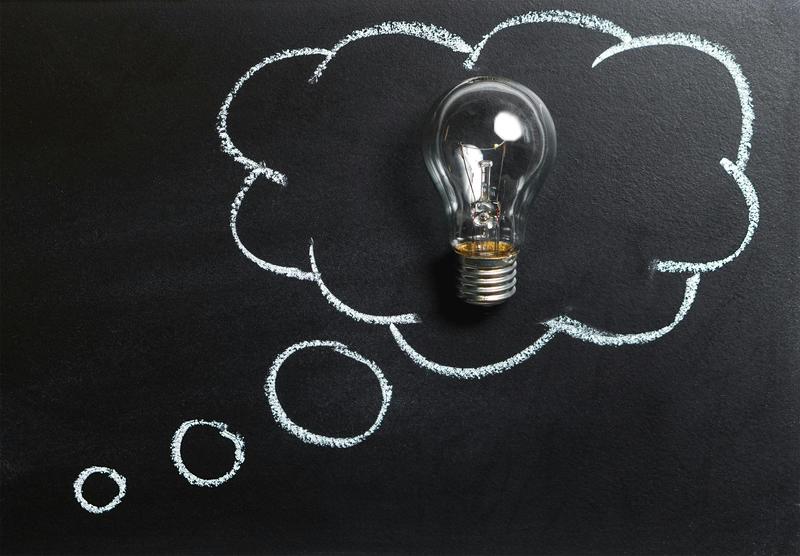You Are Not Your Emotions—You Trained Them

In this blog post, I want to dive into a question that doesn’t get asked nearly enough: Why are emotions trained?
Most of us grow up thinking emotions just happen to us. Like, you’re either happy or you’re not. You’re either calm or you’re not. That’s it, right?
But what if that’s not the whole picture?
What if emotions—just like strength, endurance, or flexibility—are actually trainable?
And what if learning to train them could totally shift how you handle stress, how you show up in relationships, and how you feel about life overall?
Here’s the thing. Emotions aren’t just these random reactions we have. They’re conditioned responses—built by what we’ve practiced over and over and what’s felt familiar to us.
Ever notice how some people get angry at the drop of a hat, while others seem to stay calm no matter what’s going on?
Or how some folks always go straight to worry, while others lean more towards trust?
That’s not luck—it’s training.
Every time we respond to a situation—like getting cut off in traffic or hearing a critical comment—our brain, our body, our nervous system memorizes that response.
The more we repeat it, the stronger that pathway gets.
And here’s the catch: even if we know that reaction isn’t helping—like lashing out or shutting down—we’ll keep running it. Because it’s what’s familiar.
It’s like the emotional path of least resistance.
Alright, so let’s back this up with some science.
Neuroscience tells us the brain is plastic—it changes based on what we do, over and over again.
Every time we react with anger, for example, we’re strengthening the pathways that support that reaction.
It’s like carving a trail in the woods. The more we walk it, the clearer and easier it gets to follow.
Same goes for worry, self-doubt, or even joy.
And it’s not just your brain. The nervous system jumps in, too.
When we get triggered, our body releases chemicals like adrenaline and cortisol that reinforce that state.
Over time, our system wires itself to expect that reaction—even to seek it out.
So if you’ve been practicing fear or anger for years (even if you didn’t mean to), your system’s gonna default to that, even when it’s not helpful.
It’s not personal—it’s just how training works.
The good news? We can train it in a different direction.
I had a client who always felt on edge—like every conversation was a potential fight.
Every talk with her partner felt loaded. Every meeting at work felt like she was under attack.
Turns out, she grew up in a house where tension was the norm. Her system learned to expect conflict.
So even in completely neutral situations, her body would brace—tight chest, shallow breath, clenched jaw.
That reaction became her emotional default.
Another example?
Someone who’d freeze whenever he got criticized. He’d go blank, shut down, and then beat himself up later for not speaking up.
Why? Because as a kid, every time he spoke up, he got shut down or shamed.
His system learned it was safer to stay quiet.
That emotional pattern was trained.
It didn’t mean he was broken—it just meant he’d practiced that response so many times it became automatic.
That’s why telling yourself “Just be more confident” doesn’t always work.
It’s like asking someone to run a marathon without any training.
Emotions are the same—they need repetition, structure, and patience to change.
So why does this actually matter?
Because when you see emotions as trained—not as who you are—it gives you choice.
You get to decide what you want to train next.
Imagine going to the gym for the first time and realizing, “Hey, if I put in the reps, I can get stronger.”
Same thing with emotions.
If you’ve practiced worry for years, it’s gonna feel like second nature.
But if you start training trust or resilience—over time, that can become your new go-to.
This is where a lot of people get stuck.
They think: “I’m just an angry person.” Or, “I’ve always been anxious.”
But that’s like saying, “I’m just weak” or “I’m just slow.”
Sure, we all have natural tendencies—but training shapes those tendencies into patterns.
That means you can actually change them.
It might feel slow at first—like lifting a weight that’s too heavy. But with practice, your system starts to shift.
And that’s where the real transformation happens.
Now here’s the thing most people get wrong.
A lot of us think, “If I understand why I feel a certain way, that should be enough to change it.”
But that’s only part of the equation.
It’s like reading about swimming but never actually getting in the water.
You can know exactly why you get triggered, but unless you practice a different response, your system’s gonna default to what it knows.
That’s why so many people feel stuck.
They’re self-aware. They know their patterns. They’ve talked about it in therapy or with friends.
But then—boom—someone cuts them off in traffic, or they get that look from their partner, and all that self-awareness flies out the window.
They react the same old way.
Because the emotional system hasn’t been trained.
Real change comes from repetition.
From practicing a new way of being, over and over, until the system learns, “Hey, this is the new normal.”

So here’s something to play with this week.
If you slowed down right now… what’s the emotional signal you’re actually ignoring?
Is it that tightness in your chest when you feel criticized?
That urge to withdraw when you’re misunderstood?
That rush of anger when things don’t go your way?
Whatever it is—notice that’s your training.
That’s the default your system’s been running.
And just like at the gym, the first step is awareness.
From there, you can start to train something new.
It’s not about fixing yourself. It’s about giving your system a new experience, over and over, until it shifts.
Ready to Go Deeper?
And if you’re ready to start training your inner world with the same structure and clarity you bring to everything else, I’ve built a system for that.
It helps you integrate thoughts, emotions, and your nervous system—so you don’t just understand your patterns, you actually shift them.
And if you’re on Instagram, I share insights and practices a few times a week over at @mikewangcoaching. Would love to connect with you there.
You can also join the weekly newsletter here—it’s where I share more tools and reflections to help you apply this work in your own life.
